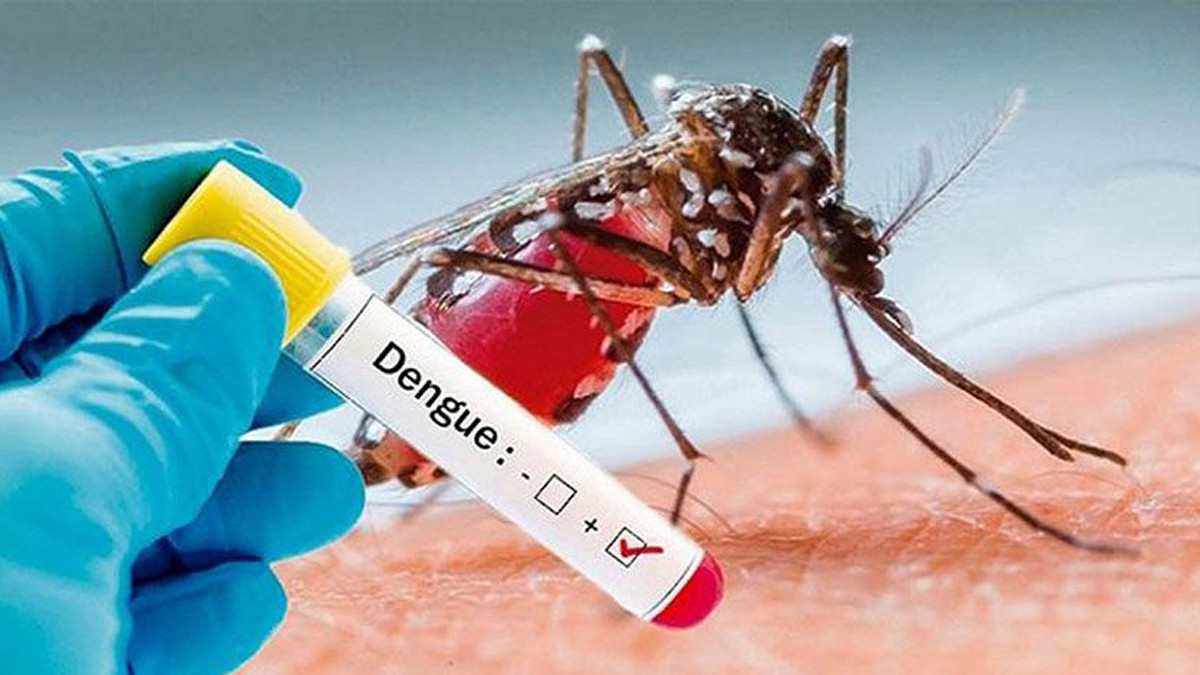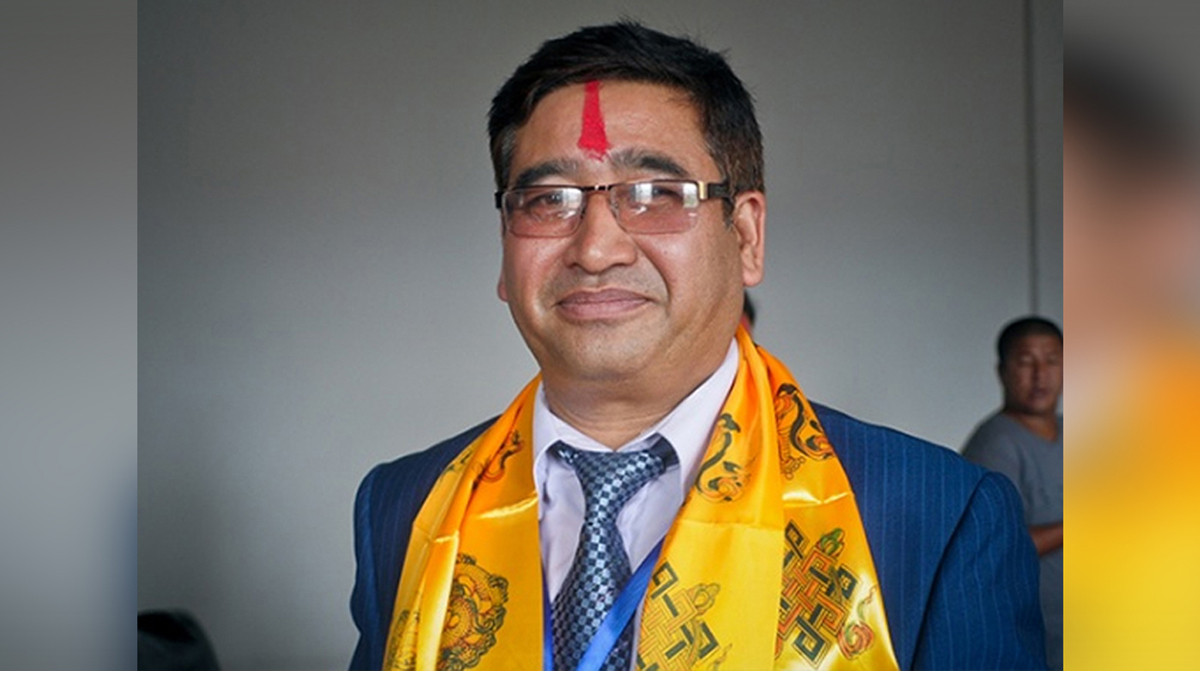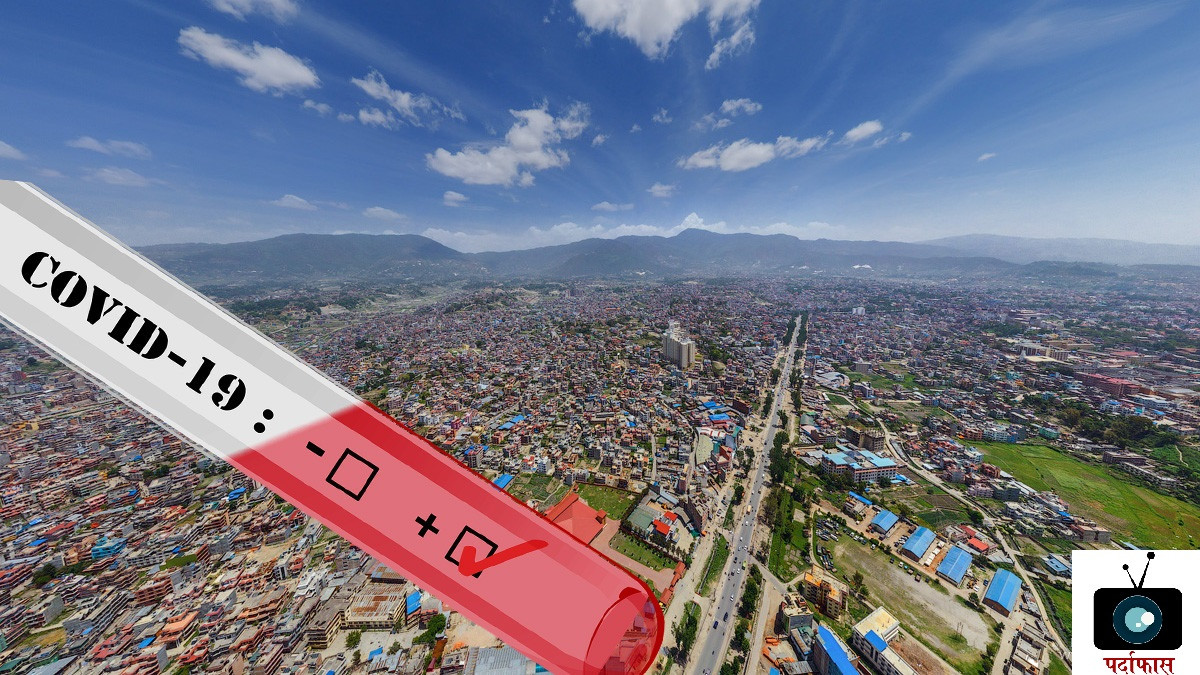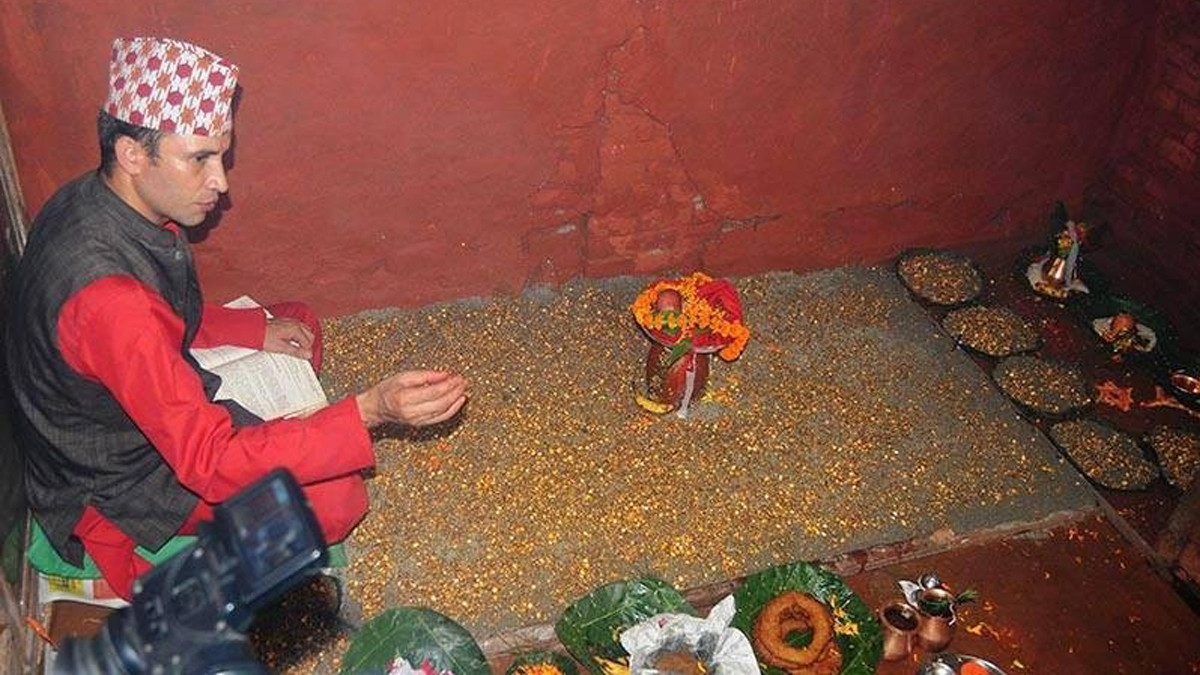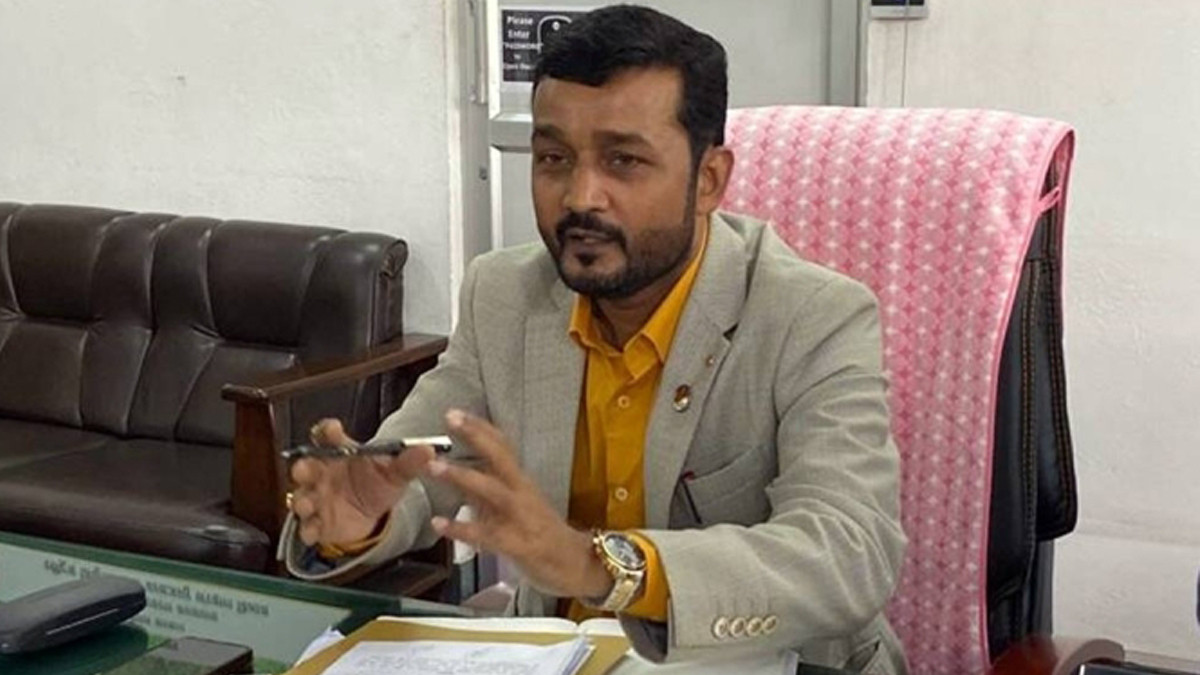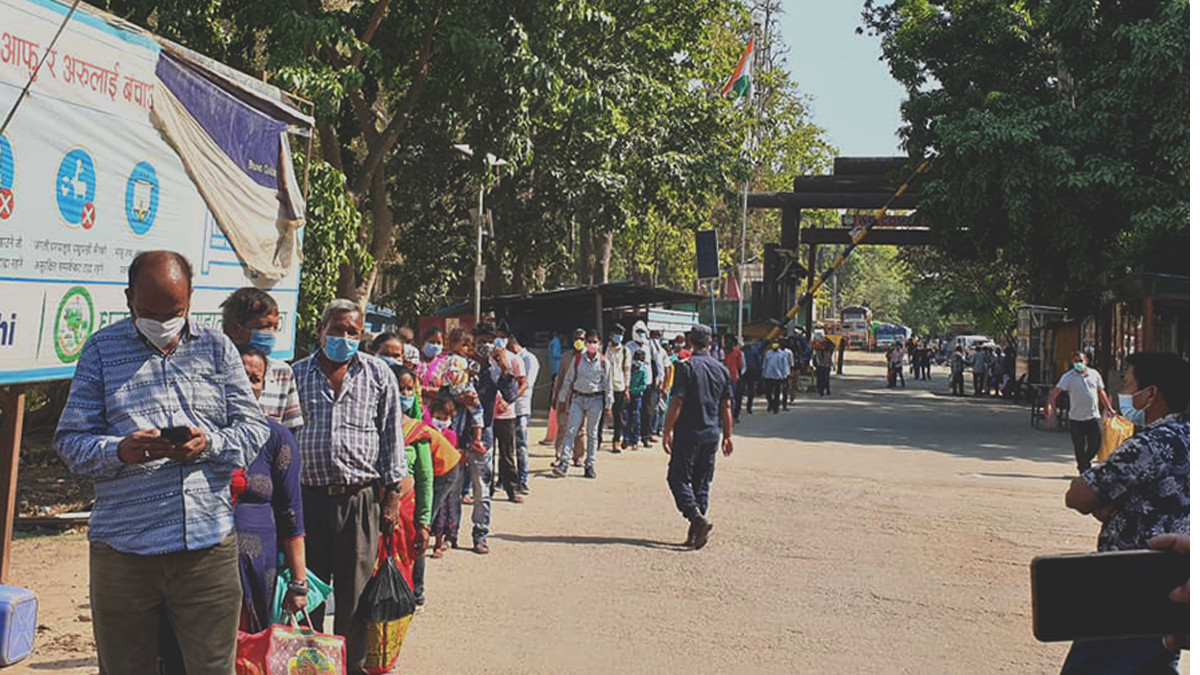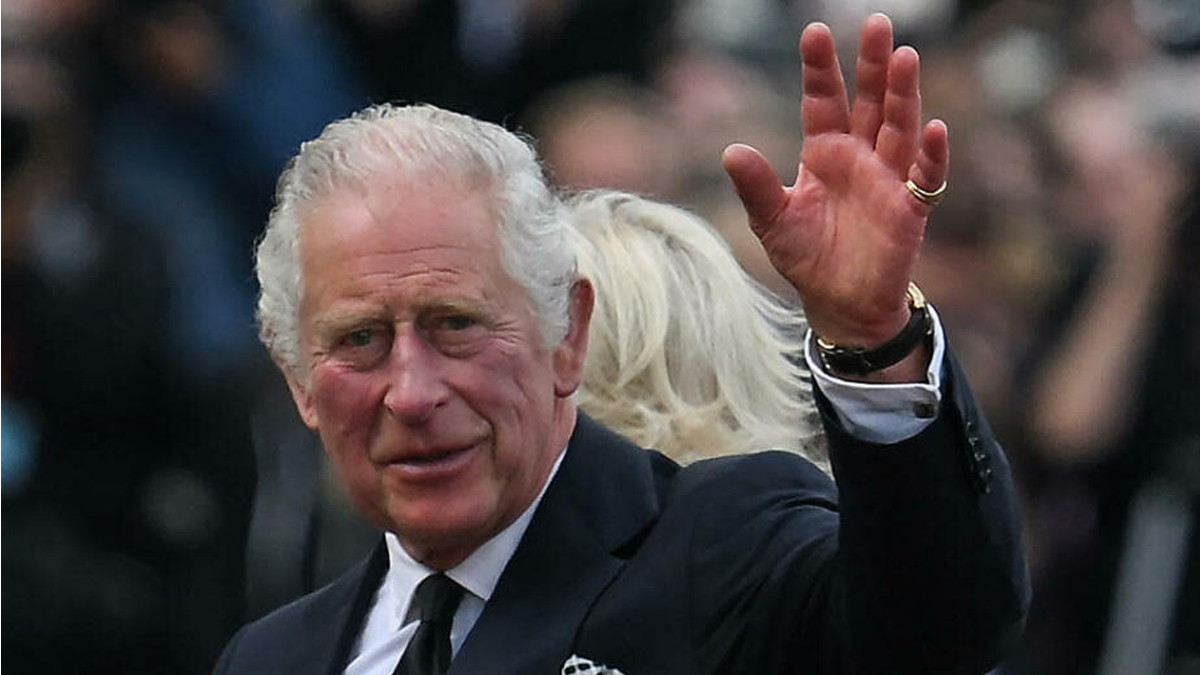
Charles III has formally been proclaimed monarch of the UK in a historic ceremony held two days after the death of his mother, Queen Elizabeth II.
Queen Elizabeth II, the longest-reigning monarch in the United Kingdom’s history, died on Thursday at age 96.
The proclamation took place Saturday at St James's Palace in London in the form of a ceremony called the Accession Council.
For all previous British monarchs, the council was carried out in private, but for Charles, the proceedings were broadcast live.
Charles, 73, was proclaimed king by members of the Privy Council – an advisory body to the monarch – in the first half of the two-part ceremony.
Camilla, now the Queen Consort, and Prince William, who inherited Charles's former title as the Prince of Wales, also attended the ceremony. Camilla and William were seen entering the ceremony together, wearing black outfits.
Along with Prime Minister Liz Truss, William and Camilla were later an important part in the proceedings by being asked to sign the proclamation.
Among the attendees were several former British prime ministers, including Boris Johnson, David Cameron, Gordon Brown, Tony Blair, and Theresa May.
Despite the tradition of the Accession Council, the ceremony is not actually required to have made Charles the "official" successor of Queen Elizabeth II. He became the monarch from the moment of her death at her residence in Balmoral, Scotland, on Thursday.
Following the ceremony, several proclamations are due be read throughout the UK formally declaring the new monarch.
To recognize Charles' new position as sovereign, flags flown throughout the UK were instructed to fly at full mast until an hour after the last proclamation is read in Scotland.
They then are then due to return to half-mast to mark the period of national mourning for Queen Elizabeth II, which will be observed until seven days after her funeral.

